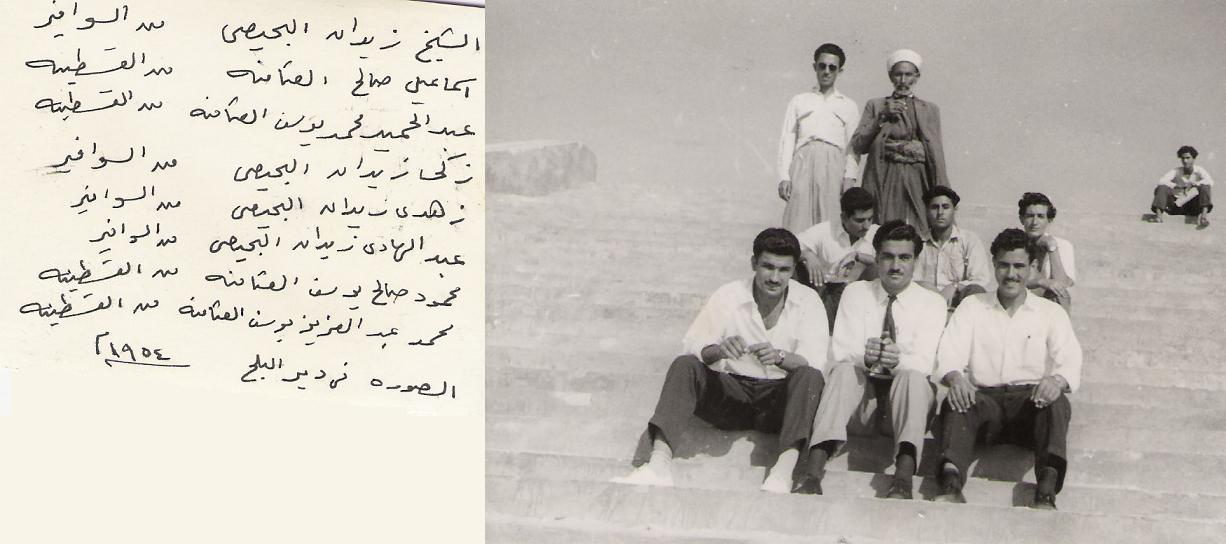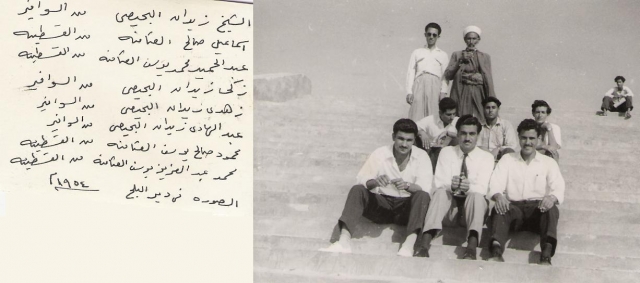Info
District: Gaza
Population 1948: 1130
Occupation date: 18/05/1948
Occupying unit: Giva'ati
Jewish settlements on village/town land before 1948: None
Jewish settlements on village/town land after 1948: Ein Tzurim, Shafir, Zrachia, Nir Banim
Background:
Before 1948
The village was located on the eastern coastal plain just south of the main road to al –Majdal and Gaza (to the southwest) and Ramla and Jerusalem (to the northeast). The adjectival al-Sharkiyya (eastern) distinguished it from the other two villages with the same name. Together the three villages formed a right-angled triangle with a hypotenuse running northwest to southeast.
A register from 1596 showed that the village paid taxes to Gaza on vineyards as well as a number of other crops. In the late 19-th century it had several small gardens and wells.
787people populated the village in 1931 living in 148 houses, most of which were built of adobe bricks' some of stone. The population had grown to 970 in 1944-45, all of them Muslim.
There was a mosque in the village, while the school was shared with its two neighbors.
The economic basis of the village was agriculture, mainly rainfed cereal fields (11,821 dunums) Citrus ,bananas, grapes and apricots, partly irrigated were also grown (930 dunums).
Occupation and depopulation
Like its two sister villages Sawafir al-Sharkiyya was occupied by the Givati brigade during the second stage of operation Barak between May 9-th to 18-th. According to Benny Morris most residents had fled before Israeli troops marched in although some were probably expelled.
Again the account of Jamal Abd al Nasir, later president of Egypt and battalion commander during this war diverges sharply. According to this source the village was occupied a fortnight after the beginning of the first truce on June 25-th.
Israeli Settlements n Village Lands
En Tzurim and Shafir were built on village site in 1949 and Zerachya in 1950. In 1954 Nir Banim was established farther to the east.
The Village Today
No houses remain on the site. New buildings stand on the spot where the Mosque used to be. In the surroundings a building for a water pump in one of the orchards remained along with a couple of trees.
----------------------------
Source: al-Khalidi, Walid (ed.). All that remains: the Palestinian villages occupied and depopulated by Israel in 1948. Washington DC: 1992.



